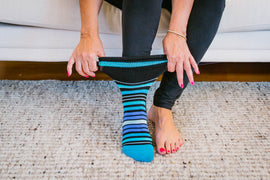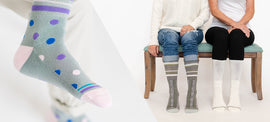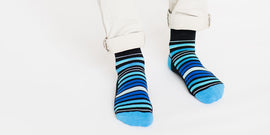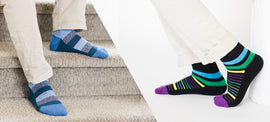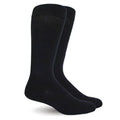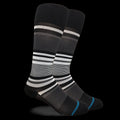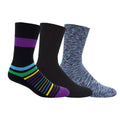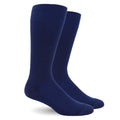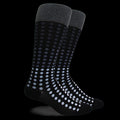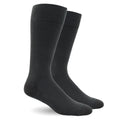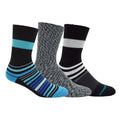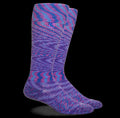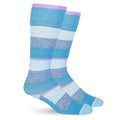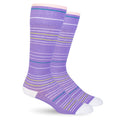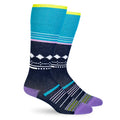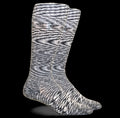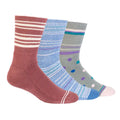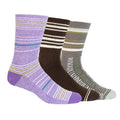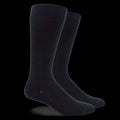Understanding Diabetes: Basics and Foot Care Essentials
Posted by HAYLIE SEGAL
Diabetes, a condition affecting millions worldwide, has a profound impact on various aspects of health, and understanding its basics is crucial. Among the multiple challenges faced by individuals with diabetes, foot care stands out due to its significance. Fortunately, innovations like specialized socks have made diabetic foot care more manageable. Let's delve deeper into diabetes basics and the essentials of diabetic foot care.
Diabetes Basics: What You Need to Know
At its core, diabetes is characterized by the body's inability to produce or effectively use insulin, a hormone responsible for converting glucose (sugar) from the food we eat into energy. Without proper insulin functioning, glucose accumulates in the bloodstream, leading to high blood sugar levels, which can have harmful long-term effects on the body.
There are primarily two types of diabetes:
-
Type 1 Diabetes: The body doesn't produce insulin. It's often diagnosed in children and young adults.
-
Type 2 Diabetes: The body doesn't produce or use insulin efficiently. It can develop at any age and is often linked to lifestyle factors.
Why Diabetic Foot Care is Crucial
One of the complications that can arise due to diabetes is neuropathy, where elevated blood sugar levels cause nerve damage, particularly in the feet. This can lead to numbness, reducing one's ability to feel pain or temperature changes. Consequently, small injuries like cuts or blisters can go unnoticed, and if not treated promptly, can escalate into serious infections.
Poor blood circulation, another effect of diabetes, further complicates this. Reduced blood flow makes it harder for these minor foot injuries to heal, increasing the risk of complications.
The Importance of Specialized Socks for Diabetics
Enter specialized diabetic socks. These aren't just any regular socks but are designed keeping in mind the unique challenges faced by those with diabetes.
Here’s why they’re essential:
-
Seamless Design: Traditional socks might have seams that can cause blisters or ulcers. Diabetic socks are often seamless, reducing the risk of injuries.
-
Moisture-Wicking: These socks are made from materials that keep feet dry, reducing the chances of fungal infections.
-
Non-Constricting Fit: Regular socks may constrict the foot, leading to reduced blood circulation. Diabetic socks are designed to adapt to swelling without squeezing the foot tightly.
-
Warmth: They provide warmth which aids in promoting better blood circulation in the feet.
-
Extra Padding: This added cushioning helps in reducing the risk of foot injuries.

Wrapping Up
Understanding the basics of diabetes is the first step in managing the condition effectively. Being aware of the complications and adopting preventive measures, like incorporating specialized socks into one's daily wear, can make a world of difference in ensuring the health and well-being of those living with diabetes.
Investing in proper diabetic foot care is not just about comfort; it's about taking a proactive step in reducing potential health risks. And with the availability of products designed specifically for diabetic care, ensuring foot health has never been easier.
SHARE:




